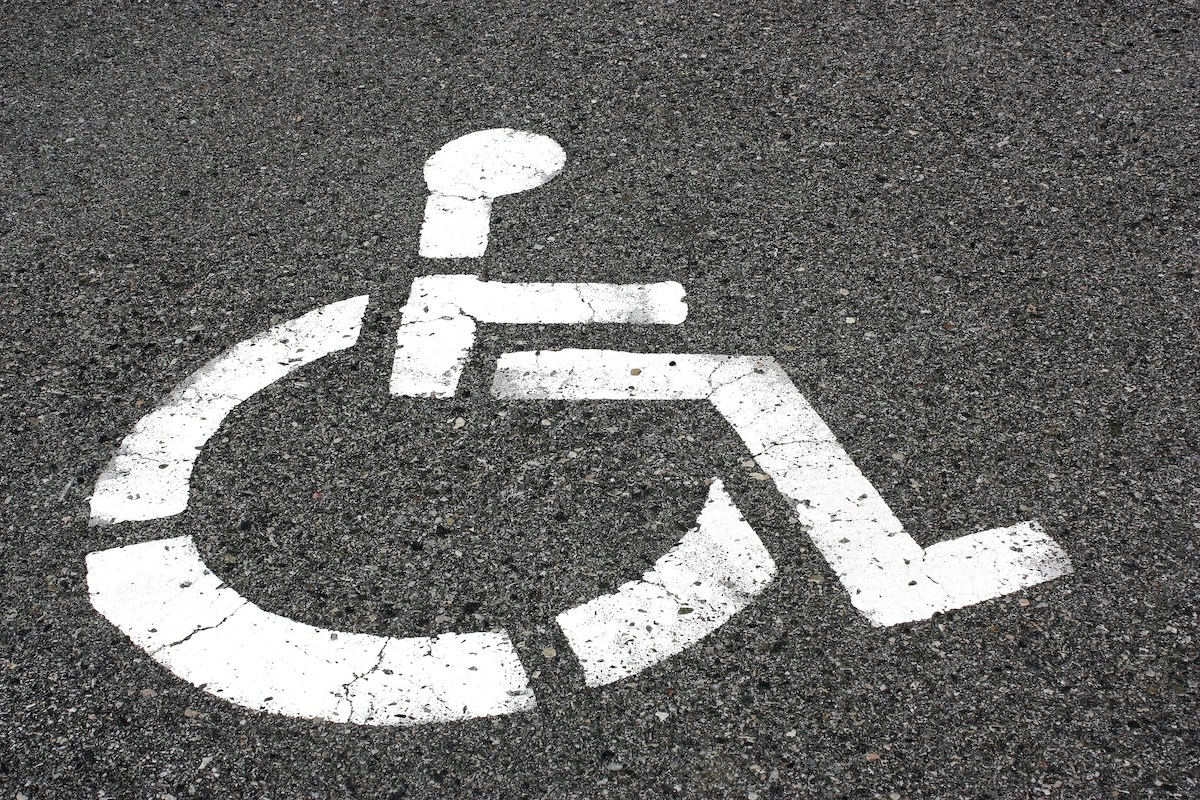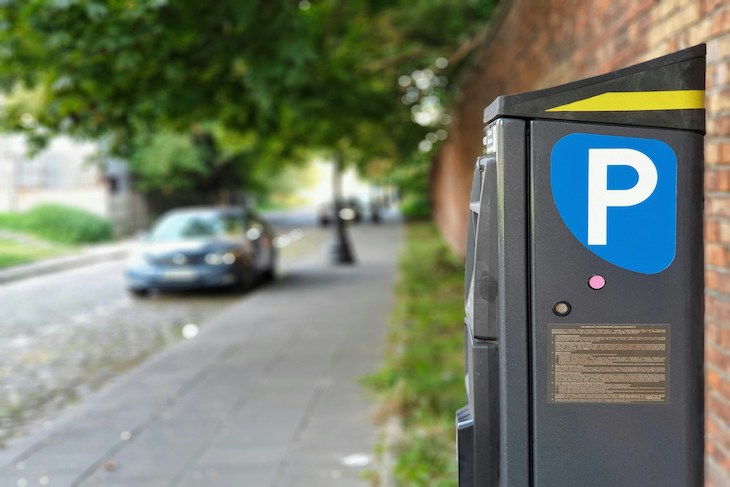Legal Rights of Handicap Drivers: A Guide to Advocating for Accessible Parking

In an era where inclusivity and accessibility are at the forefront of societal values, it is imperative to explore and understand the legal rights of handicap drivers. The legal landscape surrounding accessible parking has evolved significantly, providing crucial protection and support for individuals with disabilities.
This article delves into the legal rights of handicap drivers, sheds light on advocating for accessible parking, and outlines the essential guidelines established by the Americans with Disabilities Act (ADA).
Legal Rights for Handicap Drivers: An Overview
Legal rights for handicap drivers serve as a cornerstone in the pursuit of equal access and inclusivity. Rooted in the principles of anti-discrimination, these rights aim to empower individuals with disabilities, ensuring they can navigate public spaces with the same ease and independence as their non-disabled counterparts.
Central to these rights is the provision of accessible parking spaces. Handicap drivers are legally entitled to designated parking spots that adhere to specific standards outlined in the Americans with Disabilities Act (ADA). These standards encompass factors such as proximity to entrances, appropriate signage, and wider spaces, facilitating seamless access for individuals with mobility challenges.
Moreover, these legal rights extend beyond parking spaces, encompassing various facets of daily life. Handicap drivers are entitled to reasonable accommodations in public facilities, transportation services, and employment. The overarching goal is to eliminate barriers and promote a society where individuals with disabilities can participate fully, fostering a community that values diversity and respects the rights of all its members. In navigating legal rights for handicap drivers, a foundation is laid for a more equitable and accessible society.
Advocacy for Accessible Parking: A Vital Cause
Advocacy for accessible parking is essential to champion the rights of handicap drivers. This involves raising awareness, educating the public, and working towards the implementation of policies that support the creation and maintenance of handicap parking spaces. Successful advocacy can significantly contribute to fostering a more inclusive and accommodating environment for individuals with disabilities.

ADA Guidelines for Drivers with Disabilities
The Americans with Disabilities Act (ADA) provides crucial guidelines to ensure that drivers with disabilities enjoy equal access and mobility. In the context of parking facilities, the ADA outlines specific requirements that serve as a blueprint for creating accessible parking spaces. These guidelines address the physical design of parking spots and factors such as signage, access routes, and amenities.
According to ADA standards, accessible parking spaces must be located near building entrances, ensuring drivers with disabilities can conveniently reach their destinations. The spaces should be wide enough to accommodate wheelchair lifts or ramps, with appropriate markings and signage for visibility. Additionally, adjacent access aisles facilitate the deployment of mobility devices and ensure sufficient space for individuals with disabilities to enter and exit vehicles safely.
Furthermore, the ADA stipulates the number of accessible parking spaces a facility must provide based on its total parking capacity. This ensures proportionate representation and availability for drivers with disabilities, promoting inclusivity and equal opportunities for access. By adhering to ADA guidelines, parking facilities play a vital role in creating a more accessible and accommodating environment for drivers with disabilities, reinforcing the overarching principles of the ADA in fostering an inclusive society.
Rights of Disabled Individuals in Parking: Ensuring Equal Access
The rights of disabled individuals in parking are paramount in ensuring equal access to public spaces. Central to these rights is the provision of designated accessible parking spaces that cater to the specific needs of individuals with disabilities. These parking spaces, constructed in accordance with the Americans with Disabilities Act (ADA) guidelines, go beyond mere convenience; they are essential for fostering an environment of inclusivity.
Accessible parking rights encompass various elements, including proximity to building entrances, wider parking spaces, and proper signage. These features are designed to facilitate easy and safe access for disabled drivers, addressing the unique challenges they may face.
The ADA emphasizes the importance of eliminating barriers and discrimination in parking facilities to promote an egalitarian society where individuals with disabilities can participate fully.
Furthermore, these rights extend beyond the physical attributes of parking spaces. Disabled individuals have the right to reasonable accommodations that ensure their mobility and access needs are met in various public settings.
By upholding and advocating for these rights, society contributes to breaking down barriers, affirming the dignity of disabled individuals, and fostering a community that values equal access for everyone. In prioritizing the rights of disabled individuals in parking, we take a significant step towards creating a more inclusive and compassionate society.
Legal Protection for Accessible Parking: Upholding ADA Standards
Legal protection for accessible parking is enshrined in the ADA. Violations of ADA guidelines can lead to legal consequences for property owners and operators. Handicap drivers, armed with knowledge about their rights, can advocate for and take legal action to ensure that parking facilities comply with ADA standards.

Advocating for Handicap Parking Spaces: A Grassroots Approach
Effective advocacy for handicap parking spaces involves collaboration between individuals, disability rights organizations, and policymakers. By engaging in grassroots efforts, communities can work towards influencing local regulations, raising awareness, and fostering a supportive environment for handicap drivers.
ADA Compliance for Parking Facilities: A Legal Imperative
Parking facilities must adhere to ADA compliance standards to avoid legal repercussions. This includes the physical design of parking spaces and features like accessible routes, signage, and curb ramps. Ensuring ADA compliance is a legal obligation and a moral imperative in promoting accessibility for all.
Rights and Responsibilities of Handicap Drivers: Navigating Daily Challenges
Handicap drivers, while enjoying specific rights, are also responsible for adhering to regulations. Understanding the intricacies of parking rules, permits, and responsibilities is crucial for handicap drivers to navigate daily challenges and contribute to a harmonious coexistence in shared parking spaces.
Legal Support for Accessible Parking Advocacy: Seeking Justice
Legal support plays a pivotal role in advocating for accessible parking. Disabled individuals facing discrimination or encountering obstacles in accessing parking facilities can seek legal recourse to ensure justice and uphold their rights. Legal professionals specializing in disability rights can provide invaluable assistance in such cases.
The legal rights of handicap drivers and the advocacy for accessible parking are integral components of a society that values inclusivity and equal access. By understanding the legal landscape, promoting ADA compliance, and actively engaging in advocacy efforts, individuals can contribute to creating a more accessible and accommodating environment for handicap drivers, fostering a society where everyone can participate fully and independently.
Featured Image by Sharon Waldron on Unsplash